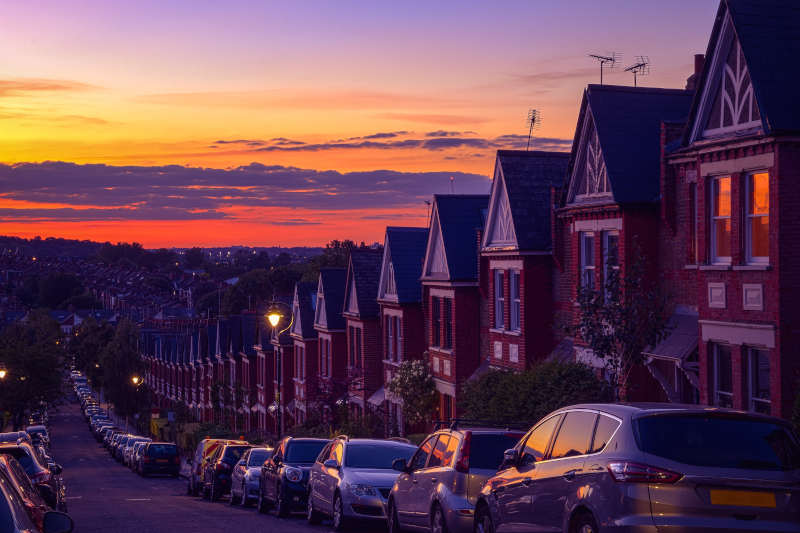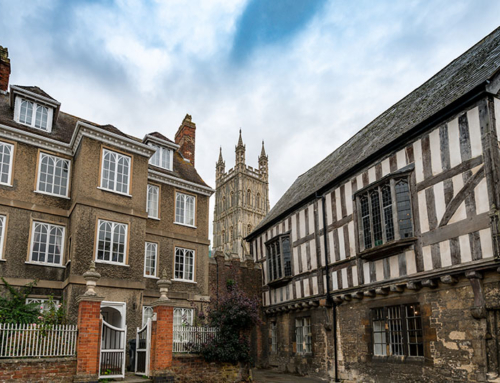In the midst of a global recession, the UK property market has remained a consistently sturdy pillar supporting the British economy.
Although much of the market’s strength has been credited to the Stamp Duty holiday, as the scheme unwinds and the sector continues to thrive, it’s clear that there are other structural factors fuelling the national property boom.
In this week’s blog, we’re exploring how ‘lockdown living’ continues to propel the housing market to considerable heights, despite the slow return to economic normality.

The race for space
As we enter the second month since the end of the Stamp Duty holiday, it’s clear that much of the momentum initiated by the surge in transactions leading up to the March expiration date, has been maintained. This indicates that the Stamp Duty holiday isn’t the key factor driving property sales, even though it clearly impacted the timing of certain sales.
With non-essential retail, hospitality and international holidays off the cards for the majority of the pandemic; the household savings of the average Briton has increased exponentially. This, combined with the population becoming disillusioned by their lockdown dwelling due to extended periods at home, has helped spur a national “race for space”. As a result of the pandemic, buyers are prioritising more room with the three-bedroom home becoming the most sought-after of all property types.
For individuals with significant housing equity built up over time, the past year has been an opportunity to move to a more comfortable property. With the government still refusing to categorically rule out future lockdowns, people are seeking houses in leafier locations – or simply looking to purchase a second accommodation to provide financial security in case of further economic hardship.
Hybrid working
As lockdown restrictions eased across Great Britain, the government have officially removed their work from home (WFH) guidance. Workers in the hotel, leisure and non-essential retail sectors have returned in recent months, but many firms have had staff continue – and even prefer – to work from home. The Bank of England has said that the growing trend of hybrid work is also helping to lift house prices in the UK.
It’s evident from the shift in preferences that buyers are opting for bigger houses with room for an office. Space at home has become more valuable, and in particular, space at home outside city centres is in high demand.

Targetfollow
Even though the combination of the summer break and the end of the Stamp Duty holiday has created a slight lull in the market – it still remains at its second-highest level in seven years. We expect the housing market to remain solid over the next few months, with annual price growth continuing to slow but remaining well into positive territory by the end of the year.
At Targetfollow, the continued prosperity of UK property instils us with great optimism. The appearance of future COVID variants remains beyond anyone’s control – but with many experts speculating that we have passed the peak of the pandemic; the outlook is positive. If vendors believe COVID-19 is fading, it’s likely more will emerge after they’ve returned from their summer vacation – further feeding an already robust housing market.





